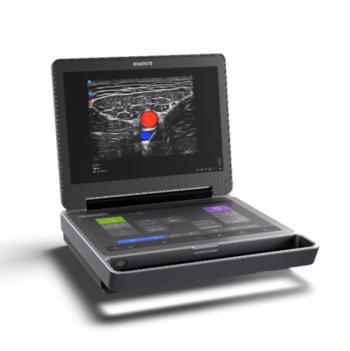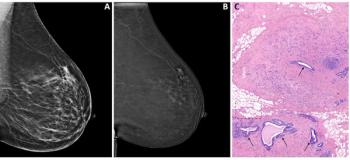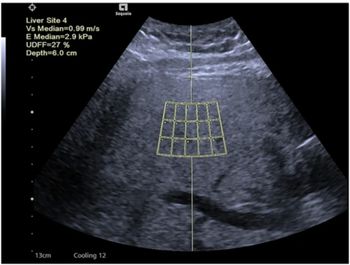
PACS users complain of repetitive stress symptoms
They may not get slammed like professional wrestlers, but radiologists commonly experience injuries related to repetitive strain. A study from the Beth Israel Deaconess Medical Center in Boston found repetitive stress symptoms to be highly prevalent among radiologists.
They may not get slammed like professional wrestlers, but radiologists commonly experience injuries related to repetitive strain. A study from the Beth Israel Deaconess Medical Center in Boston found repetitive stress symptoms to be highly prevalent among radiologists.
The good news is that ergonomic solutions can reduce some of the health risks associated with repetitive activities, according to Dr. Phillip Boiselle, codirector of the residency program in Beth Israel's diagnostic radiology department and an associate professor of radiology at Harvard Medical School.
Boiselle presented results at the RSNA meeting from a survey of 73 faculty, fellows, and residents who have been working in Beth Israel's PACS-based radiology department. Fifty-eight percent reported pain, stiffness, soreness, or cramping in their back or neck that was directly related to their work tasks, and 38% said they had been treated for repetitive strain or overuse symptoms or believed they may have suffered at some point from such a condition.
Ergonomic enhancements, however, were found to improve the health of these workers. New ergonomic chairs were associated with an improvement in symptoms in 70% of respondents, while new tables were connected to better health for 80%. Training accounted for an 80% overall improvement.
The impetus for the study goes back to 1999 when Beth Israel's radiology department shifted to a soft-copy system. Over the following six years, Boiselle noted growing concerns about repetitive stress.
In 2005, Boiselle and colleagues joined forces with the hospital's occupational health department to enhance awareness and establish several initiatives to improve the ergonomic environment for radiologists. They gave presentations and training sessions on ergonomics with radiologists and residents and provided new ergonomic chairs and workstations in several, but not all, areas.
Because this study was conducted at a single institution, the results have limitations.
"We'd like to expand this research with a larger-scale multicenter study that will also allow us to do subspecialty comparisons," Boiselle said. "We assessed response to ergonomic initiatives at a single point in time, but we have yet to address sustainability of improvement over time. We plan to do annual surveys to get a better look at that."
Boiselle recommends that radiology departments implement ergonomic initiatives to reduce some risk of repetitive stress symptoms and syndromes.
For more information for the Diagnostic Imaging archives:
Newsletter
Stay at the forefront of radiology with the Diagnostic Imaging newsletter, delivering the latest news, clinical insights, and imaging advancements for today’s radiologists.






























